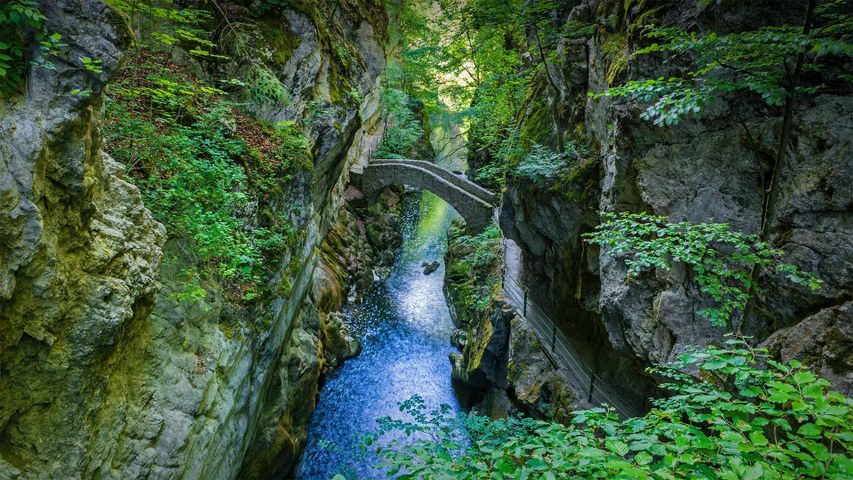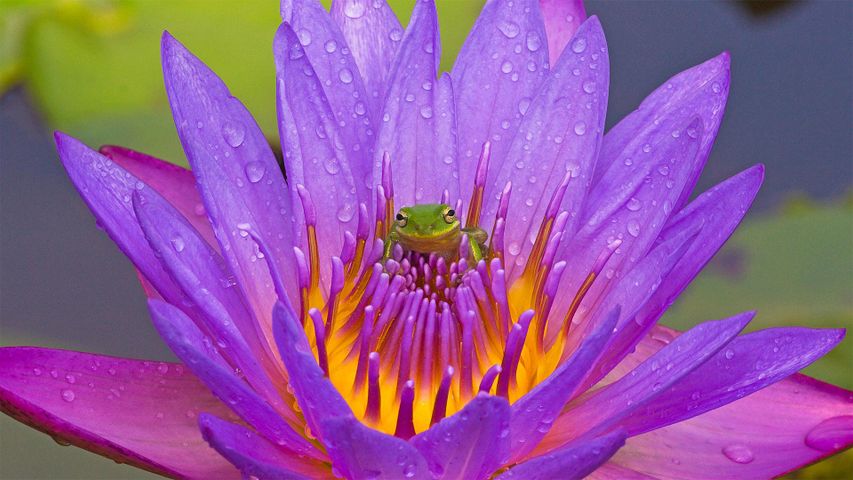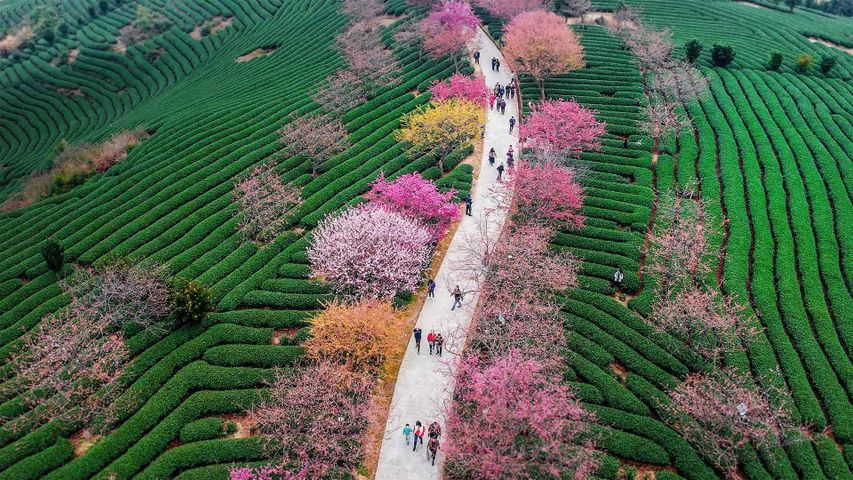Spring morning in South Downs National Park, East Sussex
© Slawek Staszczuk/Alamy Stock Phot
Up on the Downs. South Downs
These iconic rolling green hills are part of a rich tapestry of landscapes here on the South Downs, chalk hills which stretch across the coastal counties of south-east England. For centuries, grazing sheep have helped keep the turf short, creating one of the richest wildlife habitats in Europe. Wildflowers and different species of butterflies thrive on its chalk grassland, but these days this rare habitat covers only about 4% of the Downs, a decline accelerated during World War II when much of it was ploughed to grow crops. The need to protect it, and to restore the Downs, was part of the reason the South Downs National Park was created in 2010 – the UK’s newest national park.
The national park covers a larger area than the hills of the South Downs and includes a huge variety of landscapes, from rare lowland heaths to ancient woodland, chalk streams and windswept cliffs. It’s not just home to rare species of plants and creatures - people have lived here for thousands of years, as evidenced by Iron Age fort remains, Neolithic flint mines and ancient monuments. It remains the most populous of the UK’s national parks, with 117,000 people living and working within the park’s boundary and a further 2m living within 3 miles of the park.
Related Images
Bing Today Images
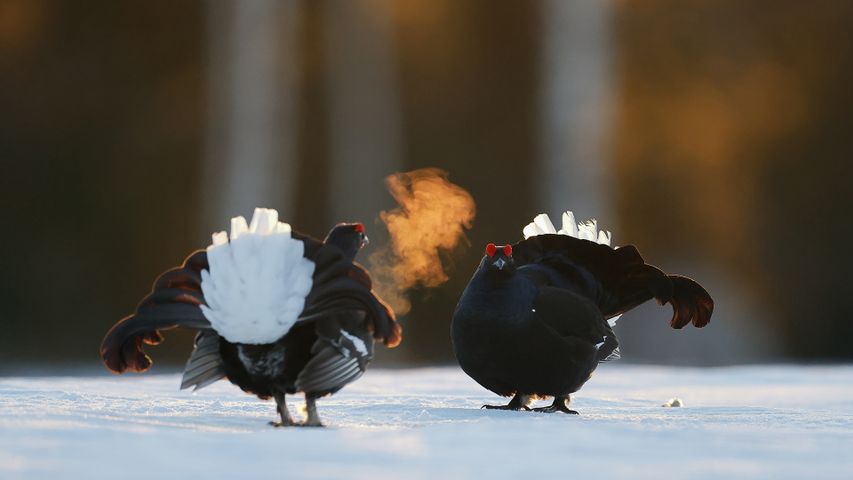
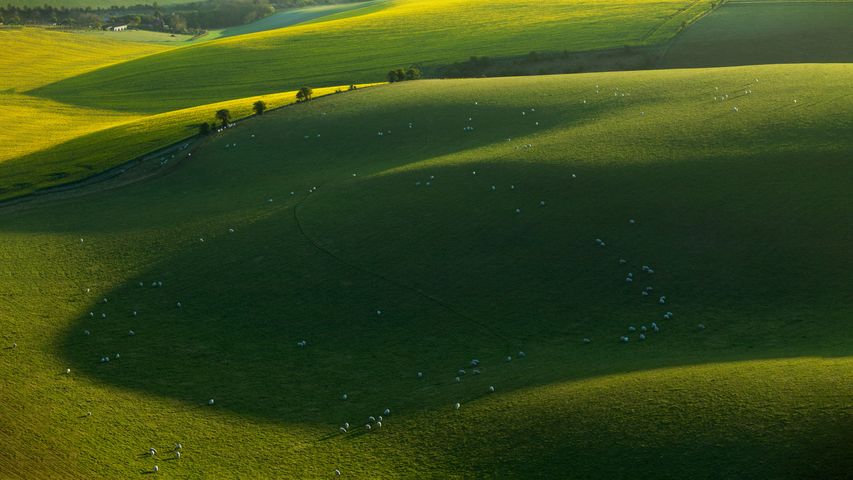
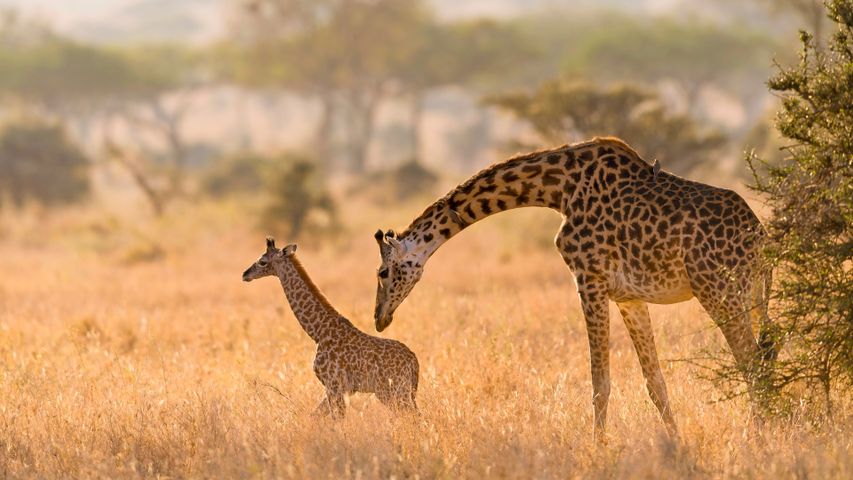 Masai giraffe mother grooming her calf in the Serengeti, Tanzania
Masai giraffe mother grooming her calf in the Serengeti, Tanzania
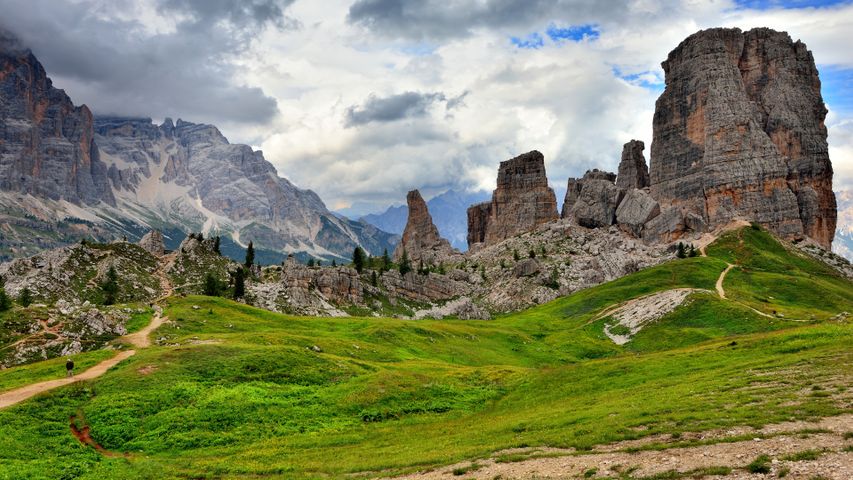 Cinque Torri, Dolomites, Italy
Cinque Torri, Dolomites, Italy
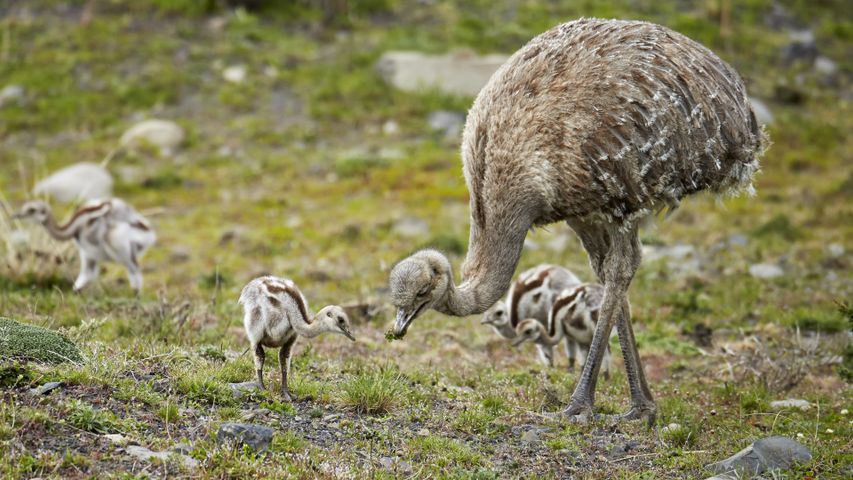 Lesser rhea adult male with chicks, Torres del Paine National Park, Patagonia, Chile
Lesser rhea adult male with chicks, Torres del Paine National Park, Patagonia, Chile
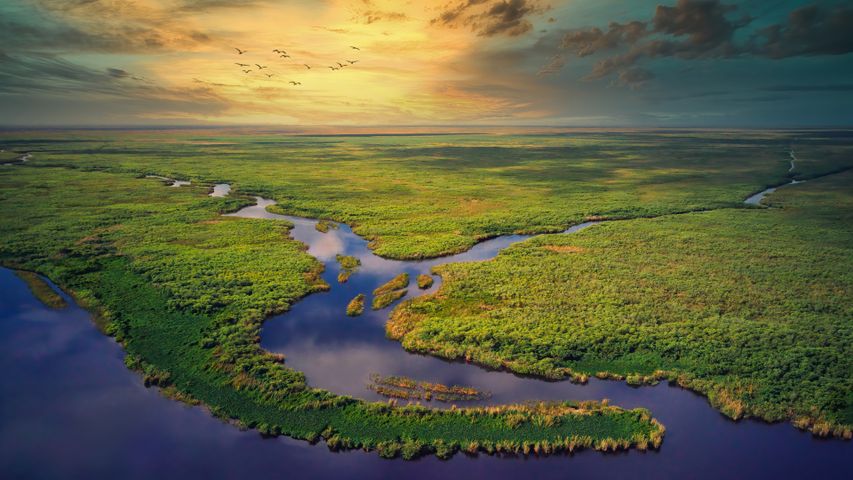 Aerial view of Everglades National Park, Florida, United States
Aerial view of Everglades National Park, Florida, United States
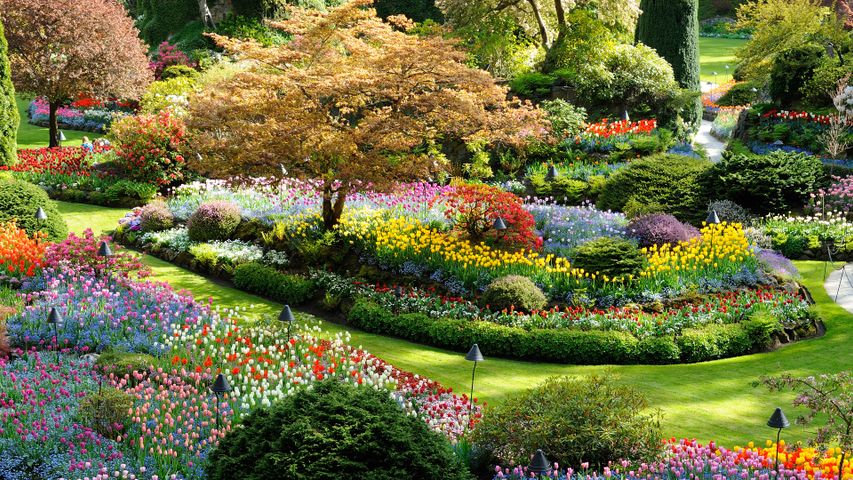 Butchart Gardens in Brentwood Bay, British Columbia, Canada
Butchart Gardens in Brentwood Bay, British Columbia, Canada
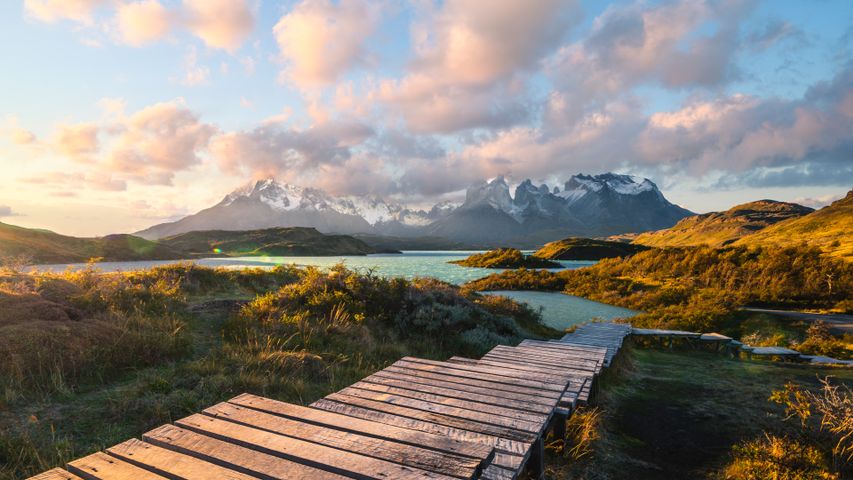 Torres del Paine National Park, Patagonia, Chile
Torres del Paine National Park, Patagonia, Chile
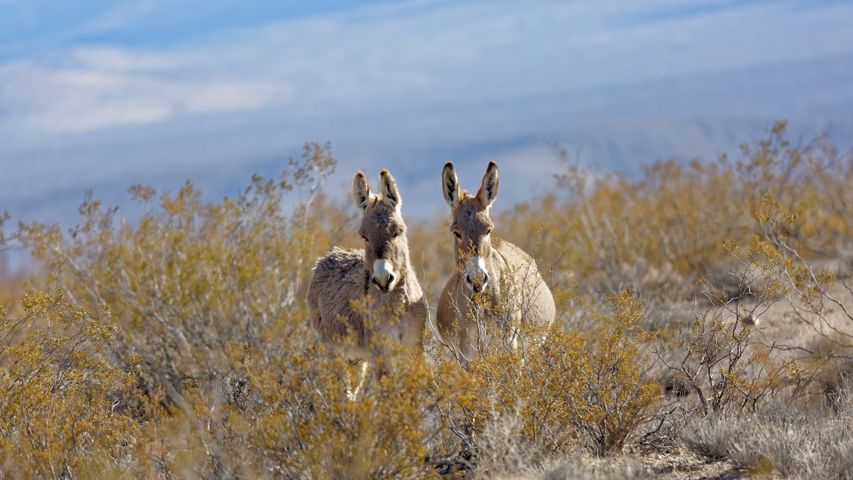 Donkeys in a valley near Rhyolite, Nevada, United States
Donkeys in a valley near Rhyolite, Nevada, United States
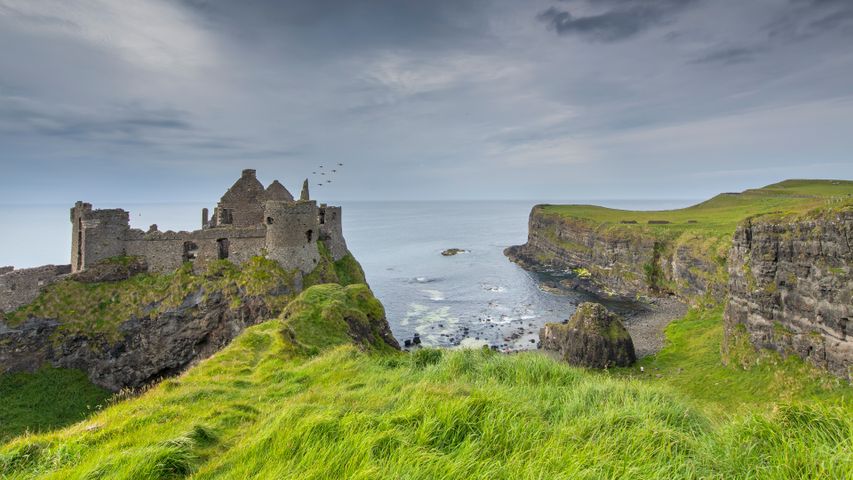 Dunluce Castle, County Antrim, Northern Ireland
Dunluce Castle, County Antrim, Northern Ireland


